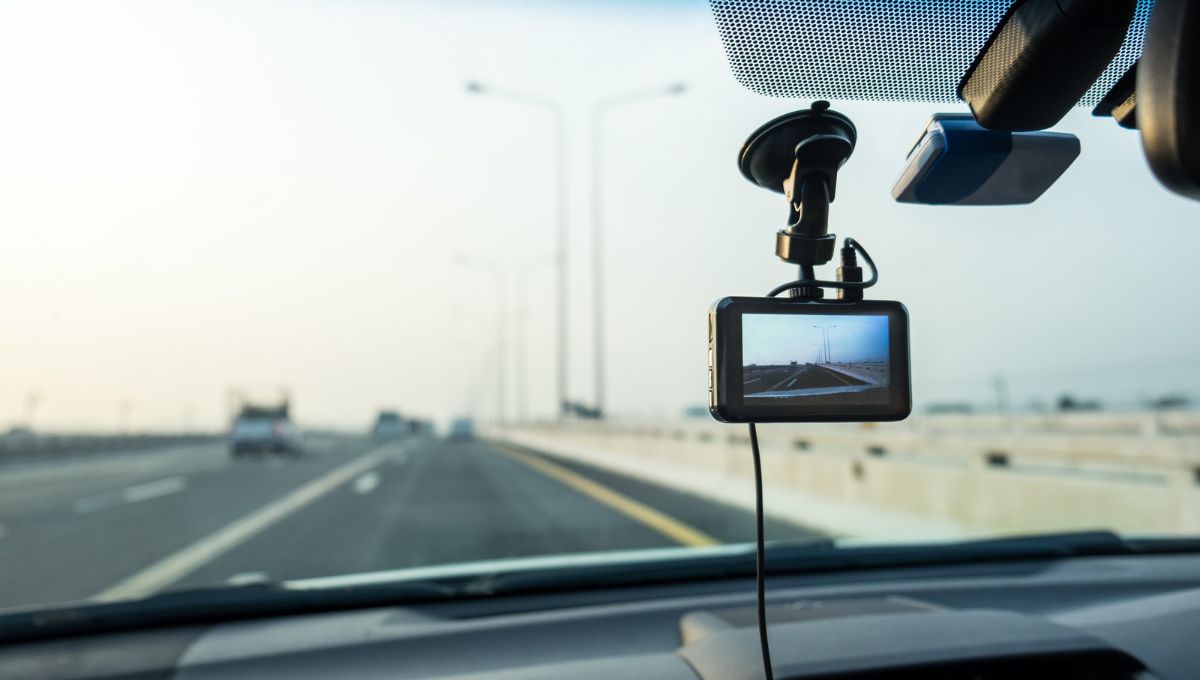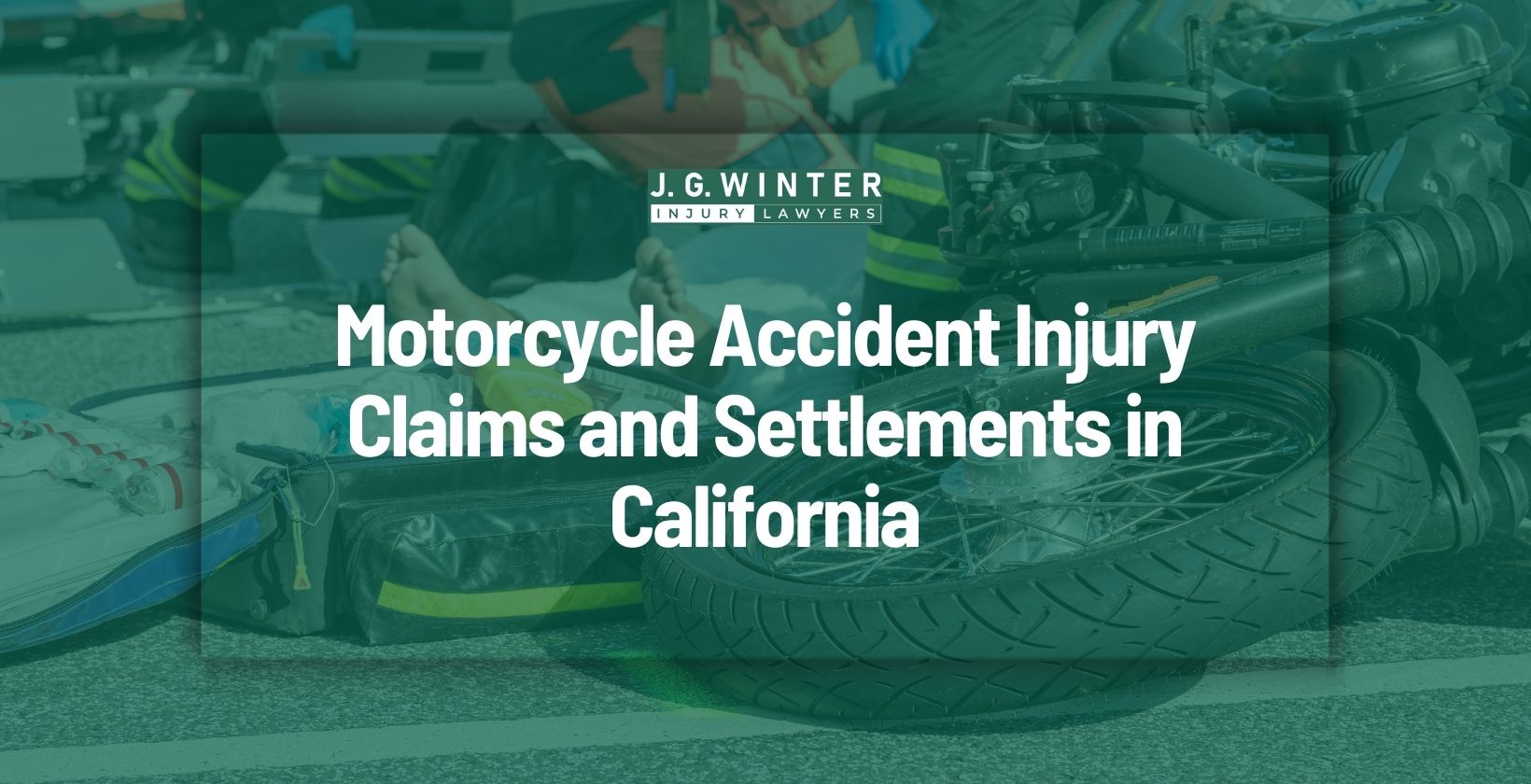In the landscape of commercial transportation, the deployment of driver-facing cameras has sparked a contentious debate. These devices, intended to enhance safety and monitor driver behavior, have been met with resistance from trucking entities. This disagreement depends on the balance between safety and privacy, raising critical questions about surveillance, accountability, and trust within the industry. It’s a dilemma that affects the logistics of operations and taps into legal considerations, especially regarding potential driver-facing camera lawsuits.
J.G. Winter Law recognizes the complexity surrounding the use of driver-facing cameras in trucks. Our expertise of truck accident lawyers in navigating the legality of such technologies positions us to advocate effectively for those entangled in this modern tug-of-war. Understanding why truck companies don’t want driver-facing cameras reveals much about the current state of the trucking industry and its future direction.
About driver facing cameras
Driver-facing cameras are in-cab video devices aimed at monitoring the actions of truck drivers while they are on the road. These surveillance tools are typically mounted on the dashboard or the windshield, capturing continuous footage of the driver’s face, upper body, and, sometimes, the cab environment. Its primary objective is to ensure adherence to safety protocols and detect any signs of risky behavior, such as distraction or fatigue. These systems record visual evidence and provide a layer of security for the drivers. They can be crucial during the investigation of incidents. As driver-facing cameras become more prevalent, understanding their implications for drivers and trucking companies has become essential.
How do inward facing cameras work?
Inward-facing cameras record the driver’s activities inside the cabin. Equipped with wide-angle lenses, they capture a comprehensive view that can include the driver’s immediate reactions, behaviors, and even the driver’s interactions with technology and controls within the truck. Advanced models incorporate artificial intelligence to detect signs of drowsiness, distraction, or erratic driving behavior.
The system often includes sensors that trigger the camera to mark or record specific events such as sudden stops, sharp turns, or over-speeding, making it easier to review footage when needed. This continuous monitoring is intended to reinforce safe driving habits and provide evidence in case of accidents or road incidents. It contributes to a safer driving environment for both truck operators and other road users.
Prevalence of driver facing cameras
The adoption of driver-facing cameras in the trucking industry has been growing steadily, driven by an increased focus on safety and liability prevention. Many large fleet operators have integrated these cameras into their standard safety equipment, recognizing the value they bring in coaching drivers and improving behavior on the road.
While some smaller companies and independent operators may still be in the process of adopting such technology, the trend suggests a significant uptick in use. This prevalence is also spurred by insurance companies offering incentives for their installation, and by regulatory bodies advocating for enhanced safety measures. Consequently, driver-facing cameras are becoming a common sight in cabs, marking a shift towards a more monitored and data-driven approach to fleet management and road safety.
Drivers facing cameras: Pros and cons in trucking industries

In the trucking industry, the debate over driver facing cameras encompasses a range of perspectives. Proponents cite improved safety and accountability, while critics raise concerns about privacy and the burden of constant surveillance. These devices capture data that can be invaluable in a variety of situations, yet their use is not without controversy. Understanding the pros and cons is crucial for stakeholders to make informed decisions on their implementation.
Benefits of driver facing cameras
Driver-facing cameras monitor driver behavior and enhance road safety. They provide evidence in accidents and facilitate coaching opportunities. Below are listed the key benefits of driver facing cameras.
- Safety: Driver facing cameras provide safety enhancements. They record continuously and offer a live feed of the driver’s actions and the road, allowing for immediate feedback and correction of dangerous driving habits. It helps prevent accidents and promotes a safety culture within the company, potentially saving lives.
- Insurance benefits: Insurance companies often favor fleets that use driver facing cameras, as they can significantly aid in the defense against fraudulent claims. This evidence can demonstrate the driver’s diligence or reveal the true cause of an accident, which can lead to lower insurance rates due to decreased liability risks.
- Training tool: Driver facing cameras are an excellent training aid, providing real-world scenarios for drivers to learn from. Reviewing footage of both exemplary and poor driving allows for targeted training, which can improve overall fleet performance and safety records.
- Risk mitigation: In litigation following an accident, camera footage can be indispensable in establishing the facts, potentially exonerating the driver and the company from wrongful blame. This can help to avoid costly settlements and protect the company’s reputation.
Criticism against driver facing cameras
While driver facing cameras have clear benefits, they also draw criticism from various quarters due to privacy concerns, data management challenges, and technical limitations:
- Privacy concerns: Drivers often express discomfort with the idea of being watched for the entirety of their shift, which can feel like an invasion of privacy and lead to decreased job satisfaction. This surveillance may also impact the trust between employer and employee, suggesting a lack of confidence in the driver’s professionalism.
- Data management: Handling the large volumes of data driver-facing cameras generate is a logistical challenge and raises concerns about data security and privacy. Companies must ensure proper storage, access controls, and protection against data breaches to maintain confidentiality and compliance with privacy laws.
- Technical limitations: Cameras are not infallible; they can fail to record due to technical issues, lack the context for certain behaviors, or miss external factors contributing to an incident. Moreover, the reliance on technology can sometimes overshadow the importance of driver intuition and experience.
Is there any benefit of driver facing cameras for the driver?
Driver facing cameras are often viewed solely as a tool for monitoring and compliance, but they also harbor distinct advantages for the drivers themselves. These cameras can provide a factual record in the event of incidents on the road, offering protection against wrongful accusations and the potential for exoneration in contentious situations. They also encourage safer driving habits, reducing accidents and enhancing personal safety.
Additionally, in the case of good road conduct or the driver’s need to prove diligence, these recordings can prove their professional behavior and adherence to safety protocols. For drivers who take pride in their work, these cameras can testify to their commitment to safety and professionalism.
Are driver facing cameras legal in the United States?
In the United States, the legality of driver facing cameras is a subject of state-specific regulations. Generally, these devices are legal provided they comply with privacy laws and drivers are notified of their presence. Federal laws, such as the Electronic Communications Privacy Act, govern their use in terms of electronic surveillance and the interception of communications.
However, individual states may have their own rules about recording conversations without consent. Companies are typically required to obtain consent from drivers, especially in states with two-party consent laws. It is important for trucking companies to navigate these legal laws carefully and for drivers to be aware of their rights regarding these devices.
Legal aspects on driver facing cameras in California
In California, driver-facing cameras are subject to specific legal considerations to ensure both privacy and compliance. The state’s robust privacy laws necessitate that trucking companies using these cameras operate within a legal framework that respects the drivers’ rights.
Space for dashcam
California law permits the placement of dashcams, including driver-facing cameras, as long as they do not obstruct the driver’s view of the road. The camera must be installed in a 7-inch square in the lower corner of the windshield on the passenger side, a 5-inch square in the lower corner on the driver’s side, or a 5-inch square in the center uppermost portion of the windshield.
Aware driver about the dashcam
It is a legal requirement in California to inform the driver about the presence of driver-facing cameras. This disclosure helps in maintaining transparency and upholds the driver’s right to knowledge about surveillance measures in place while operating the vehicle.
Gain consent
In line with California’s two-party consent laws, it is imperative for trucking companies to obtain explicit consent from drivers before recording them with driver-facing cameras. This consent is usually acquired through written agreements or clear notifications as part of company policy acknowledgments.
What trucking companies don’t have cameras in their trucks?
In the evolving landscape of trucking industry safety measures, there is a notable division among companies regarding the use of driver-facing cameras. While some have embraced the technology, others have refrained, often due to driver pushback or cost considerations. For instance, smaller regional carriers and independent operators may prioritize other investments over in-cab surveillance systems.
There are also companies which prioritize driver privacy and autonomy, choosing instead to implement alternative safety measures that do not involve constant monitoring. The specifics of which companies do not employ these cameras are not typically publicized due to competitive and privacy reasons, and the landscape is constantly changing as new safety data and technologies emerge.
Camera footage and truck accident claims
Camera footage has become pivotal evidence in truck accident claims. It can offer an unbiased, real-time account of the moments leading up to, during, and following a collision. This evidence is critical in establishing the facts surrounding the incident, determining liability, and understanding the behaviors of the driver and other parties involved.
For accident victims, such footage can substantiate compensation claims, and for trucking companies, it may provide a defense or clarify the circumstances of the accident. In both instances, the presence of camera footage can significantly influence the outcome of a truck accident claim, turning it into a powerful tool for justice and accountability. Our truck accident lawyers can be invaluable for legal assistance in navigating claims involving camera footage.
Are driver facing cameras footage admissible in court?
Driver-facing camera footage can be admissible in court, provided it meets certain criteria for evidence, such as relevance and authenticity. Courts generally require that the footage has not been tampered with and that it is pertinent to the case. Such video evidence can offer compelling testimony that may corroborate or dispute the accounts the witnesses and those involved in the incident provide. Legal representation is crucial to introduce this type of evidence and use it effectively within the legal framework to support a client’s position.
Conclusion
As the debate over driver-facing cameras in the trucking industry continues, it’s clear that these devices have significant implications for safety, privacy, and legal accountability. Whether you’re a driver concerned about privacy or an industry professional weighing the benefits of installing cameras, it’s important to stay informed and understand the legal landscape.

J.G. Winter Law recognizes the complexities involved in trucking regulations and the use of driver-facing cameras. Our expertise in personal injury law, combined with a deep understanding of the transportation industry, positions us to provide top-tier legal support. If you’ve been involved in a trucking accident, trust in our proven track record. Our truck accident lawyers are dedicated to navigating these legal complexities and safeguarding your interests. Contact us today for a free consultation.


